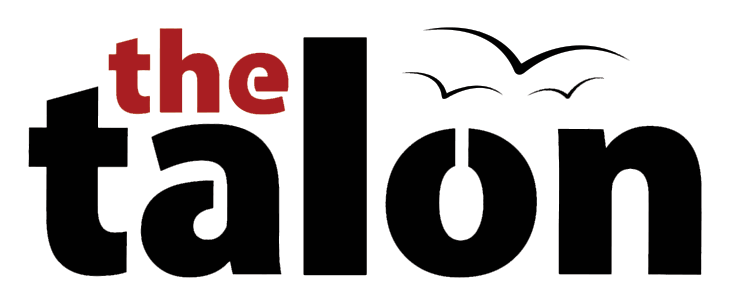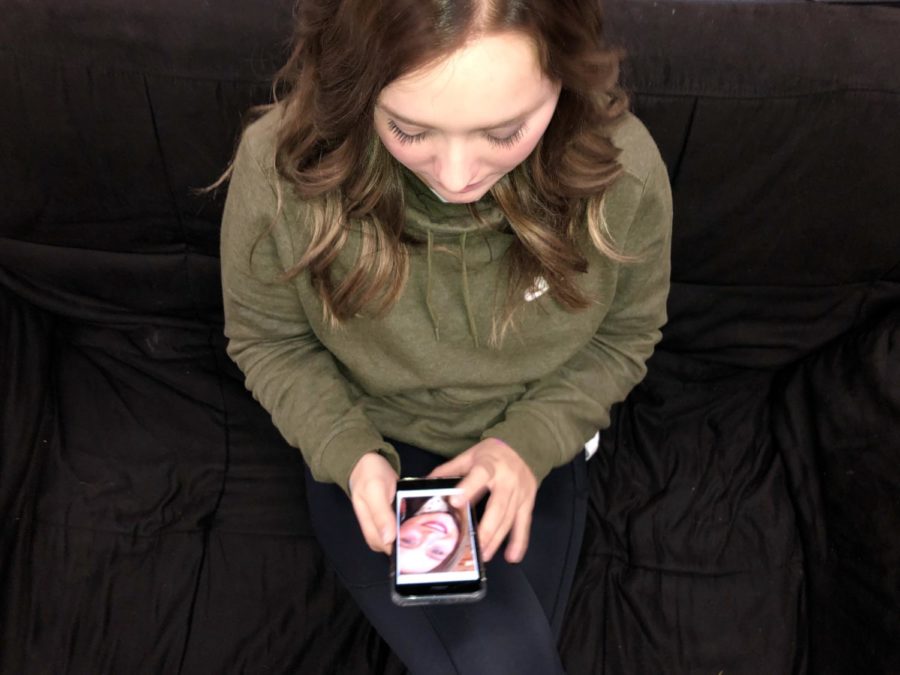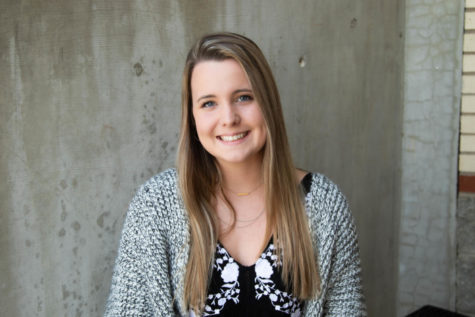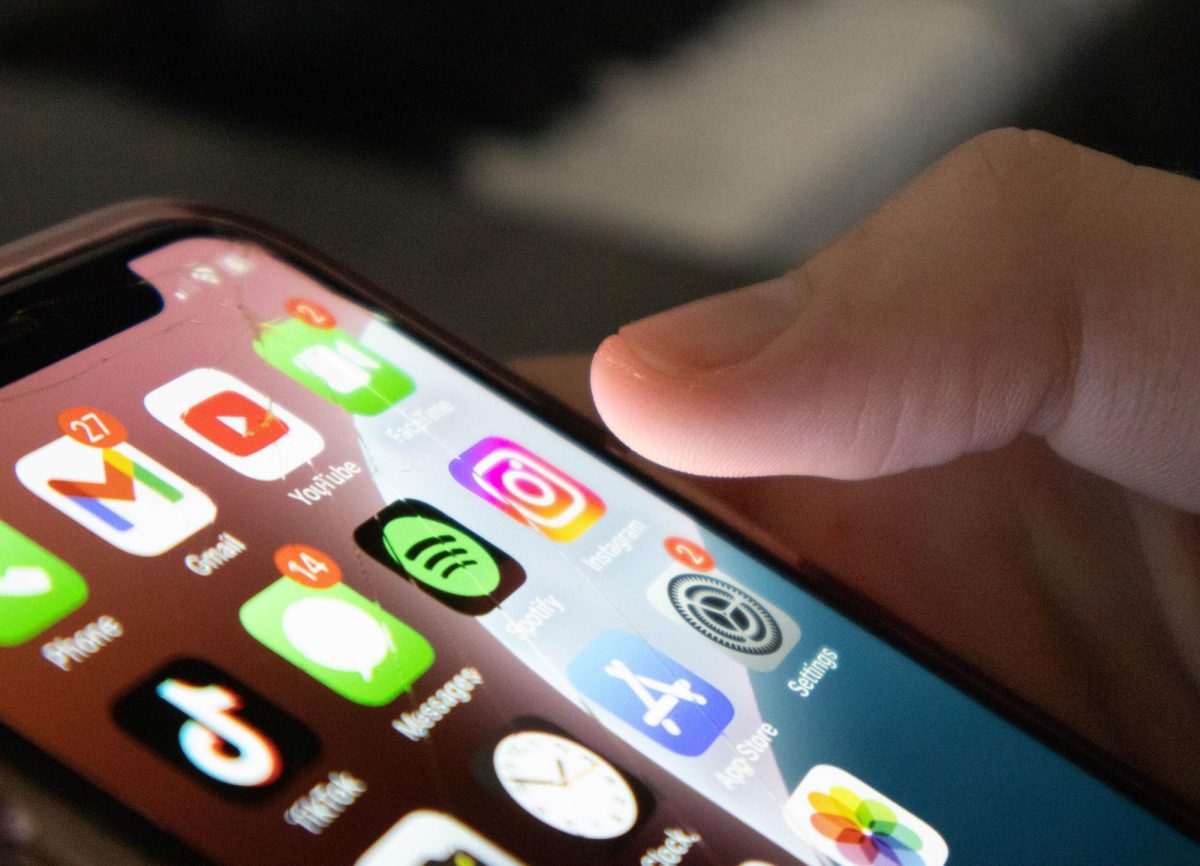Fake Photos (Actuality)
In All Actuality
November 29, 2018
How much is too much?
Whether it is on social media, billboard ads or magazines, we see the use of editing tools on photos everywhere, and their popularity is continuing to grow. Of course, the majority of people using social media often add a filter or whiten their teeth before posting, but when does it become too much?
Everyday, we are surrounded by a plethora of over-edited media that is highly influential among the population. Social media platforms such as Instagram, Twitter and Facebook suggest applying a filter to better your photos. Other apps such as Aviary, PicsArt and many others allow people to whiten their teeth or take away a blemish on their skin. Although a slight enhancement of the picture may not completely change the photo, it is still taking away a part of the real picture.
Photoshopped advertisements for items such as bathing suits and makeup have corrupted the fashion and beauty industries. When all that we view is a constant stream of artificial, highly-edited photos, our image of what we think we should look like is completely altered. Additional apps and programs like Facetune or Photoshop allow you to clear and smooth your skin or completely change the shape of your body with the press of a button. Adding these superficial effects on pictures forces us to keep a surreal image as a goal in our mind. Girls, boys, men and women everywhere are constantly comparing themselves to images that are fake: people that do not exist.
So the question is; when do we draw the line? How much photo editing is too much? Does a simple teeth-whiten or an artificial figure serve as a goal for us, or are we causing ourselves more time, energy and stress than is humanly possible? You decide.







